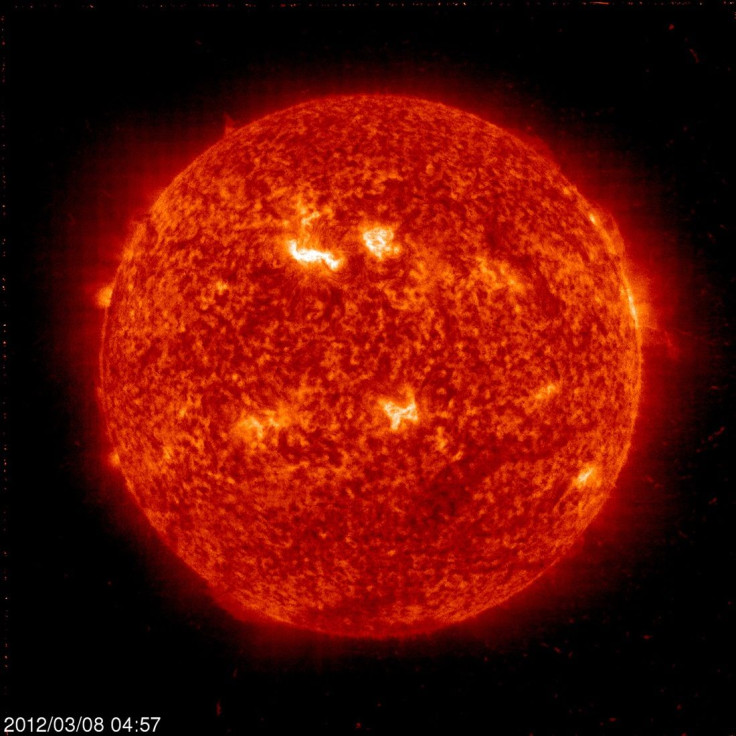Solar storm may render mobile phones and other tech that rely on satellites useless.

The spectre of a geomagnetic solar storm with the ferocity to disrupt communications satellites, knock out GPS systems, shut down air travel and quench lights, computers and telephones in millions of homes for days, months or even years has yet to grip the public as a panic-inducing possibility. A huge hole opened up on the Sun on Oct. 25, leading to a stream of particles bombarding towards Earth.
Solar storms can affect technology here on Earth as the radiation thrown at our planet heat the outer atmosphere, resulting in it expanding. As a result, satellite communications struggle to penetrate the atmosphere, essentially blocking communications which could lead to a lack of GPS navigation, mobile phone signal and satellite TV.
Furthermore, higher currents in the magnetosphere, the Earth’s magnetic field, could result in a surge of electricity in power lines This can blow out electrical transformers and power stations leading to a temporary loss of electricity in a region, although this usually only occurs in areas that are in high altitude.
It's a scenario that space scientists, global insurance corporations and government agencies from the Department of Homeland Security (DHS) to NASA to the White House Office of Science and Technology Policy (OSTP) take seriously, calling it a "low probability but high-impact event" that merits a substantial push on several fronts: research, forecasting and mitigation strategy.
At a recent conference in Washington, D.C. that drew space weather specialists from academia, the federal government, the military and private industry, Louis Lanzerotti, distinguished research professor at NJIT's Center for Solar-Terrestrial Research, summed up the implications of a massive, well-timed solar storm for today's technology-based, hyper-connected global society.
"Since the development of the electrical telegraph in the 1840s, space weather processes have affected the design, implementation and operation of many engineered systems, at first on Earth and now in space," noted Lanzerotti, a panelist at the conference. "As the complexity of such systems increases, as new technologies are invented and deployed, and as humans have ventured beyond Earth's surface, both human-built systems and humans themselves become more susceptible to the effects of Earth's space environment."
“Voltage corrections may be required, false alarms triggered on some protection devices," US Space Weather Prediction Center said.
The storm was originally described as a “serious” G3 level storm, although it was later downgraded to a G2.
The solar storm is predicted to carry on until Oct. 27 and officials are telling citizens to prepare for the worst.





















